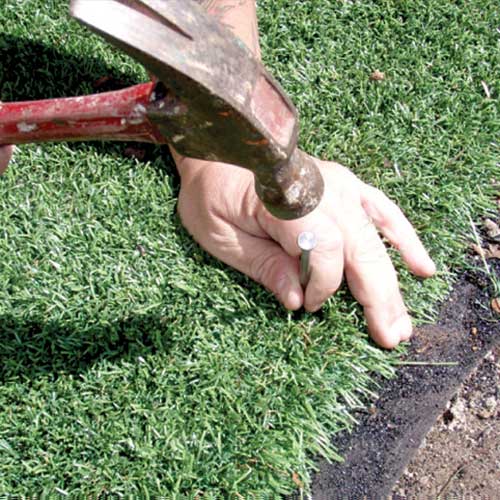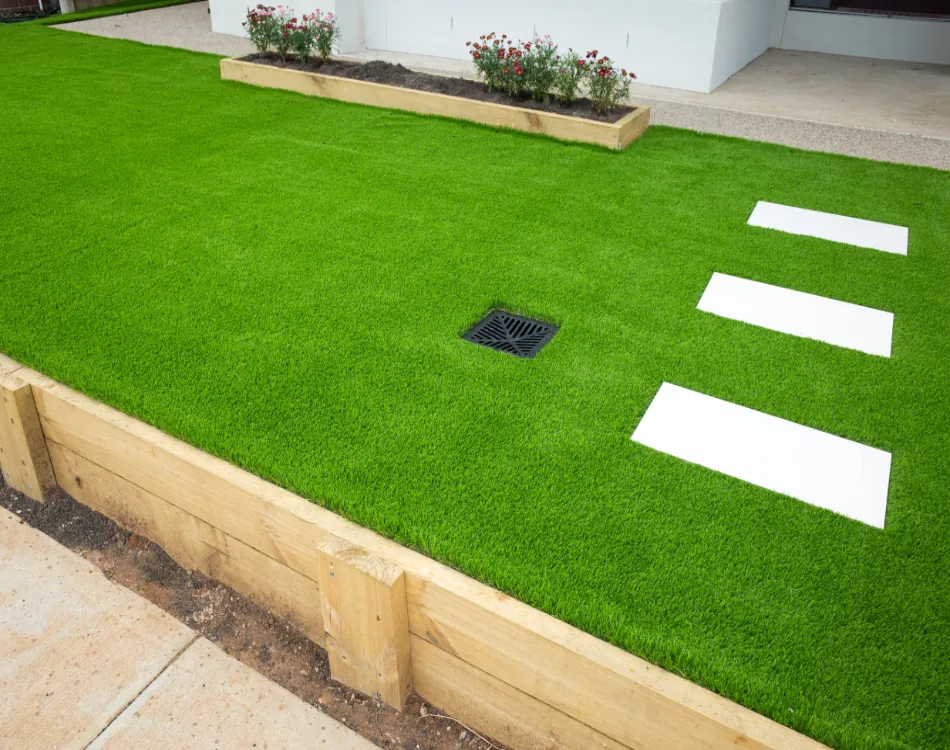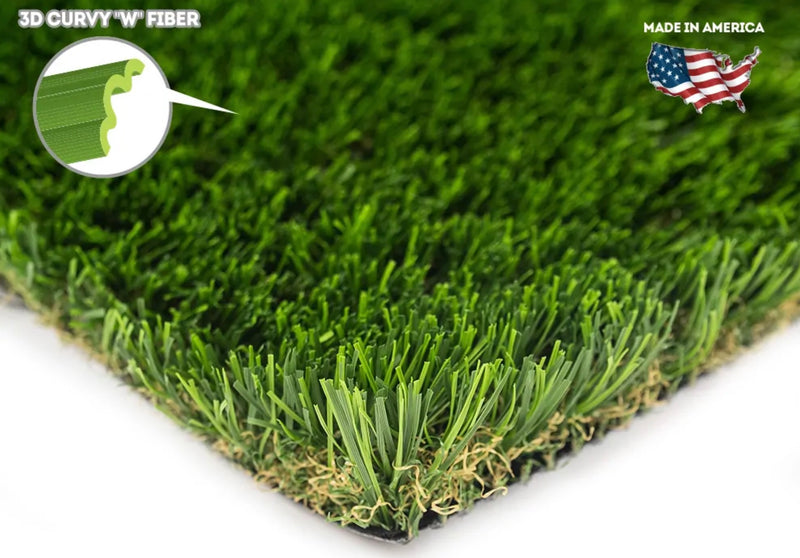Look Into the Environmental Perks of Opting for Synthetic Grass Solutions
The fostering of fabricated grass options offers an engaging opportunity to deal with pressing environmental challenges. By considerably lowering water use and lessening the application of damaging chemicals, these choices not just advertise lasting landscape design but likewise secure local ecosystems.
Water Preservation Advantages
One of the most substantial advantages of man-made grass is its capacity to save water. In comparison, synthetic grass does not need watering, dramatically reducing the overall demand for water resources.
By eliminating the demand for routine watering, synthetic grass adds to lasting landscape techniques and assists alleviate the ecological effect of extreme water intake. Moreover, the conservation of water reaches the decrease of drainage, which can result in soil disintegration and river pollution.
In addition, the installment of fabricated grass permits districts and house owners to assign water resources more successfully, concentrating on essential usages such as drinking water and farming. The shift in the direction of synthetic lawn not only advertises responsible water use yet additionally aligns with more comprehensive environmental objectives targeted at preserving natural deposits.
As communities progressively prioritize sustainability, the water preservation benefits of fabricated turf present an engaging situation for its fostering in business and household landscaping jobs.
Minimized Chemical Use
The change to artificial grass considerably lowers the dependence on chemical treatments typically made use of in natural turf maintenance. Typical grass management usually involves the application of fertilizers, pesticides, and herbicides to promote development and control insects. These chemicals can position threats to human wellness, local wildlife, and the environment, adding to soil and water contamination.
In contrast, artificial turf eliminates the need for these dangerous compounds. By lessening the launch of artificial substances right into the community, fabricated lawn advertises much healthier soil and water systems.
Furthermore, the absence of chemical runoff linked with synthetic grass setups aids safeguard regional waterways from contamination, sustaining aquatic life and preserving biodiversity. Phoenix turf companies. As communities increasingly focus on sustainable practices, choosing synthetic grass provides a practical solution that aligns with ecological preservation goals. Through this shift, homeowner can appreciate lavish green areas without compromising environmental wellness, leading the way for a much more sustainable future
Lower Carbon Footprint

Furthermore, the installation of man-made grass can lead to considerable water preservation. All-natural grass call for significant quantities of water for irrigation, which not only includes to the carbon footprint linked with water extraction and therapy but also stress neighborhood water resources. In comparison, man-made grass needs minimal upkeep, requiring no watering, thus substantially reducing water use and its linked power prices.
In addition, the longevity of synthetic grass contributes to its lower carbon impact. With a life expectancy of as much as 15 years or more, the requirement for regular substitutes is lessened, resulting in less waste and lower energy consumption in production and disposing of conventional turf alternatives. Generally, synthetic grass presents a sustainable choice for ecologically aware landscape design.
Habitat Preservation
Habitat preservation is an essential consideration in the argument over landscaping choices, specifically when comparing synthetic grass to natural lawn. Natural grass yards typically call for comprehensive maintenance, consisting of using herbicides, chemicals, and plant foods, which can negatively affect explanation neighborhood communities. These chemicals can leach right into the dirt and rivers, hurting native flora and fauna and interfering with local habitats.
In contrast, synthetic grass presents a possibility to lower the environmental footprint of click here for more info landscape design. By deciding for synthetic lawn, home owners can decrease the disruption of all-natural environments related to typical yard care methods. Synthetic grass eliminates the requirement for damaging chemicals, consequently protecting nearby wild animals and keeping the integrity of bordering ecological communities. In addition, the installation of synthetic grass can cause the conversion of former turf areas right into more biodiverse landscapes, such as pollinator gardens or native plant locations, which can sustain local wild animals.
Ultimately, the change to synthetic lawn not only saves water and lowers upkeep efforts but also promotes a more unified relationship in between human tasks and the all-natural setting, advertising environment preservation in the procedure.
Long-Term Sustainability
Long-lasting sustainability is a critical consider reviewing the advantages of synthetic lawn over conventional grass lawns. Among one of the most significant benefits of synthetic grass is its durability; it can last up to 15-20 years with marginal maintenance, whereas natural lawn needs constant reseeding and substitute. This longevity decreases the demand for consistent sources, such as water, fertilizers, and chemicals, which are necessary for keeping a healthy turf lawn.
Additionally, synthetic grass adds to a decrease in carbon discharges related to grass care equipment. Standard lawns commonly require gas-powered article lawn mowers, trimmers, and blowers, all of which add to air contamination. Artificial turf companies phoenix. On the other hand, fabricated lawn eliminates the demand for such devices, promoting a cleaner setting
In addition, the production of man-made turf increasingly utilizes recycled materials, enhancing its sustainability account. As suppliers take on environmentally friendly practices, the ecological footprint of man-made grass proceeds to decrease.

Verdict
The fostering of synthetic grass solutions presents considerable ecological advantages, consisting of significant water preservation, decreased reliance on harmful chemicals, and a lower carbon footprint. Man-made grass help in preserving natural habitats by reducing land disturbance and promoting long-term sustainability through the use of durable products. Jointly, these factors underscore the capacity of man-made turf to add positively to environmental wellness and use a viable choice to typical landscape design techniques in a significantly resource-conscious world.
In comparison, fabricated grass does not require watering, substantially minimizing the general need for water sources. By lessening the release of synthetic substances into the ecosystem, fabricated turf promotes much healthier soil and water systems.
Furthermore, the setup of fabricated turf can result in significant water preservation. In contrast, fabricated lawn requires very little upkeep, needing no watering, thereby substantially reducing water usage and its connected energy expenses.

Comments on “Experience a Flawless Lawn with Arizona Artificial Turf for Any Outdoor Space”